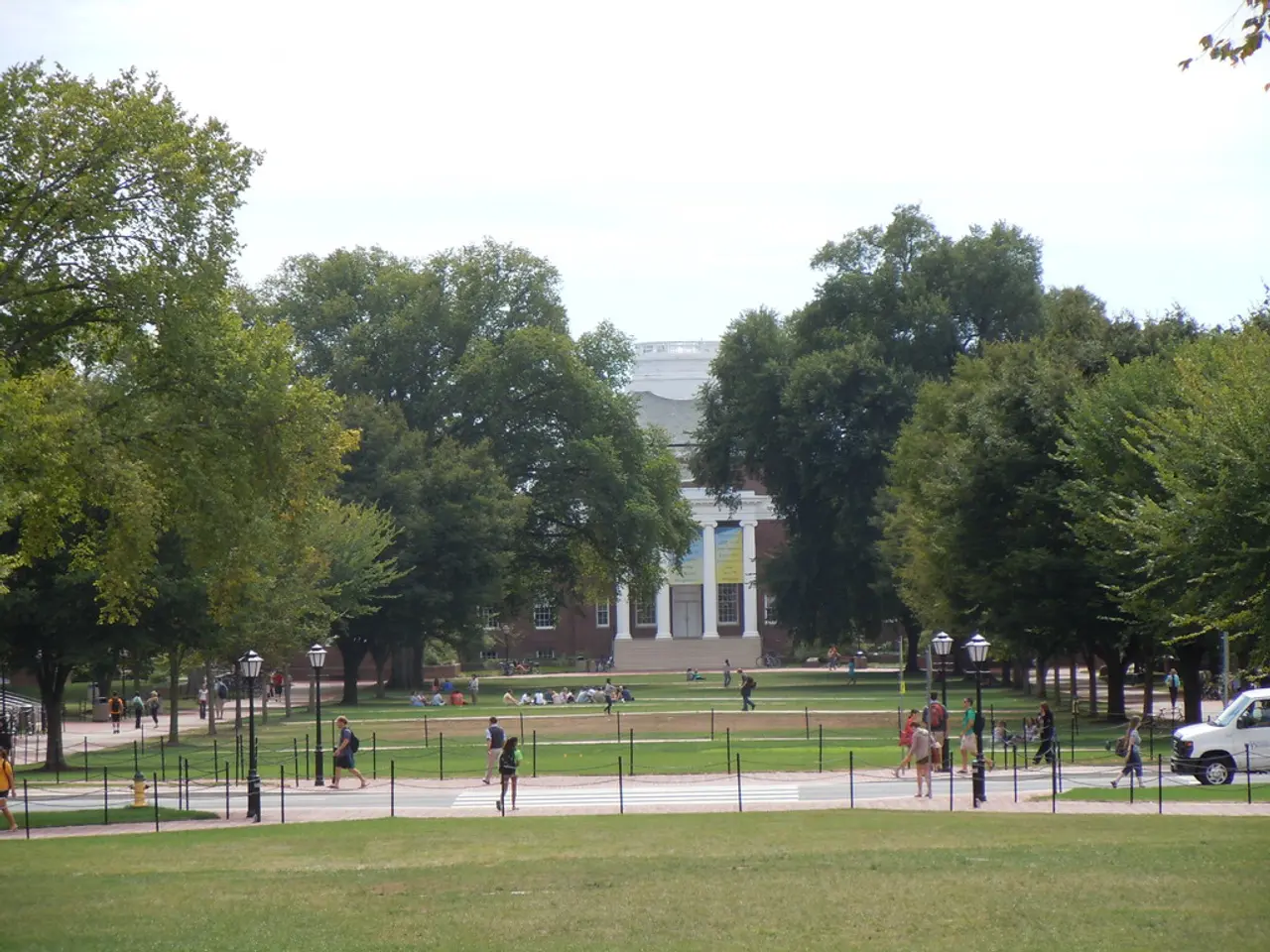Collegiate Newcomers: Investigating the Norm and the Exception in the Age of University Debutants
Age Diversity Among College Freshmen: A Reflection of Personal, Socioeconomic, and Educational Factors
The age of college freshmen in the United States is not a one-size-fits-all scenario. A myriad of factors, ranging from demographic, socioeconomic, and personal considerations, contributes to the varying ages of students stepping into higher education.
Demographic Factors
One significant factor is the age at enrollment. Traditional students, those who enter college directly after high school, are generally younger, while older students may have delayed enrollment or pursued non-traditional paths. For instance, students who begin college at ages 20 or younger tend to have higher persistence rates than those who enter at older ages.
Demographic factors like ethnicity and socioeconomic status also play a role. Lower-income students might face barriers that delay their enrollment.
Socioeconomic Factors
Financial constraints and family obligations are other influential factors. Financial difficulties can force students to delay their college education, leading to a wider range of ages among freshmen. Lower-income students may need to work first or attend community college before transferring to a four-year institution. Similarly, some students may have family responsibilities that require them to delay or pursue education on a part-time basis.
Personal and Educational Factors
Career path changes, personal circumstances, and remedial or developmental education needs can also affect a student's age at enrollment. Students might choose to pursue alternative career paths or vocational training before entering college, affecting their age at enrollment. Life events, such as health issues or military service, can influence when students decide to start or continue their college education. Some students may need additional preparation before being fully ready for college-level coursework, which can also affect their age at enrollment.
Age, Academic Performance, and Support Systems
Age is not a reliable predictor of academic performance. Academic success is determined by a complex interplay of factors, including intelligence, motivation, study habits, and access to resources. However, older freshmen often bring a greater sense of maturity, focus, and life experience to the table, which can contribute to their academic success.
Many colleges and universities offer resources and support systems specifically tailored to the needs of older students, including mentoring programs, career counseling, and student organizations. This support helps older students navigate the challenges they may face, such as financial burdens and social challenges like connecting with younger students and balancing work, family, and studies.
The Future of Freshman Demographics
The future of freshman demographics suggests that the age diversity of college freshmen will continue to increase in the coming years. The increasing popularity of gap years is contributing to this trend, as more students choose to take a year off between high school and college. The rising cost of education is also causing more students to delay enrollment, leading to a greater proportion of older freshmen.
The growing number of non-traditional students, defined as individuals who are older than the traditional college age and often have different life experiences and responsibilities, is also driving the increase in age diversity of college freshmen. International students come from diverse educational backgrounds, with varying ages at which they complete secondary education, further contributing to the age diversity among college freshmen.
Interaction Between Younger and Older Freshmen
The interaction between younger and older freshmen creates a rich learning environment. Older students can share their life experiences and wisdom, while younger students can bring a fresh perspective and energy to the academic community. This intergenerational exchange fosters a dynamic learning environment that benefits all students.
In conclusion, the age diversity among college freshmen is a reflection of the complex interplay of personal, socioeconomic, and educational influences. As the demographic landscape of freshmen continues to evolve, it is essential to provide support systems and resources that cater to the unique needs of each student, regardless of age.
- The unique experiences and considerations, such as personal growth, learning, and self-development, often drive the diverse ages of students entering higher education, as some may seek career path changes, additional preparation, or remedial education before enrollment.
- Older freshmen, and those who pursue education non-traditionally, can play a crucial role in fostering a rich learning environment and benefiting younger students through their life experiences and maturity, thereby contributing to personal growth and learning for all members of the academic community.




